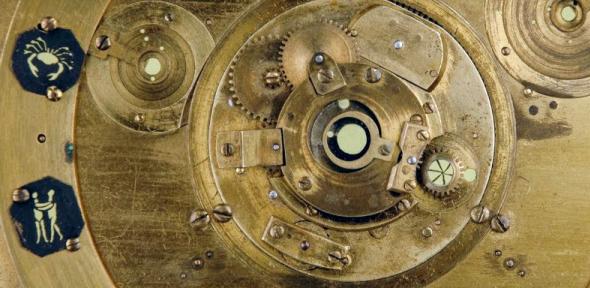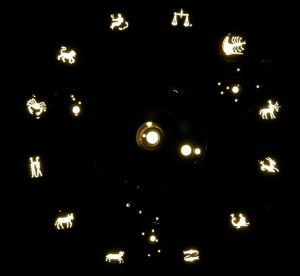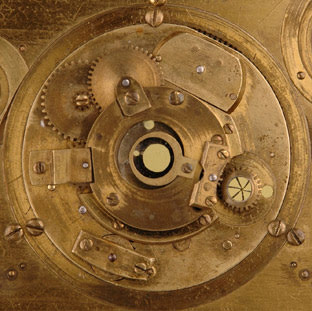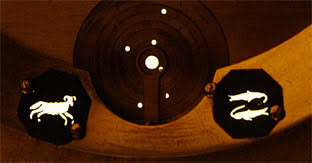A planetarium demonstrates the motions of the planets. On this particular instrument (Image 1), the rings are rotated by turning a crank, moving a system of cogs. Each ring carries a planet or one of its satellites. The signs of the Zodiac appear on the edge in reverse order. This planetarium was intended to be used with a projecting device, such as a magic lantern.
The holes through which Mercury, Venus and the Moon are displayed are sometimes partially covered by part of the mechanism, enabling the phases of the Moon and planets to be shown (Image 2).
The three outer planets, Jupiter, Saturn and Uranus, are fixed in place. The holes through which their satellites can also be covered by a cog. The projected image then shows the satellites passing into the shadow of the planet, and out of sight of observers on Earth.
The planet Mars is absent, probably because it doesn't demonstrate phases and wasn't known to have satellites at the time the instrument was made.

